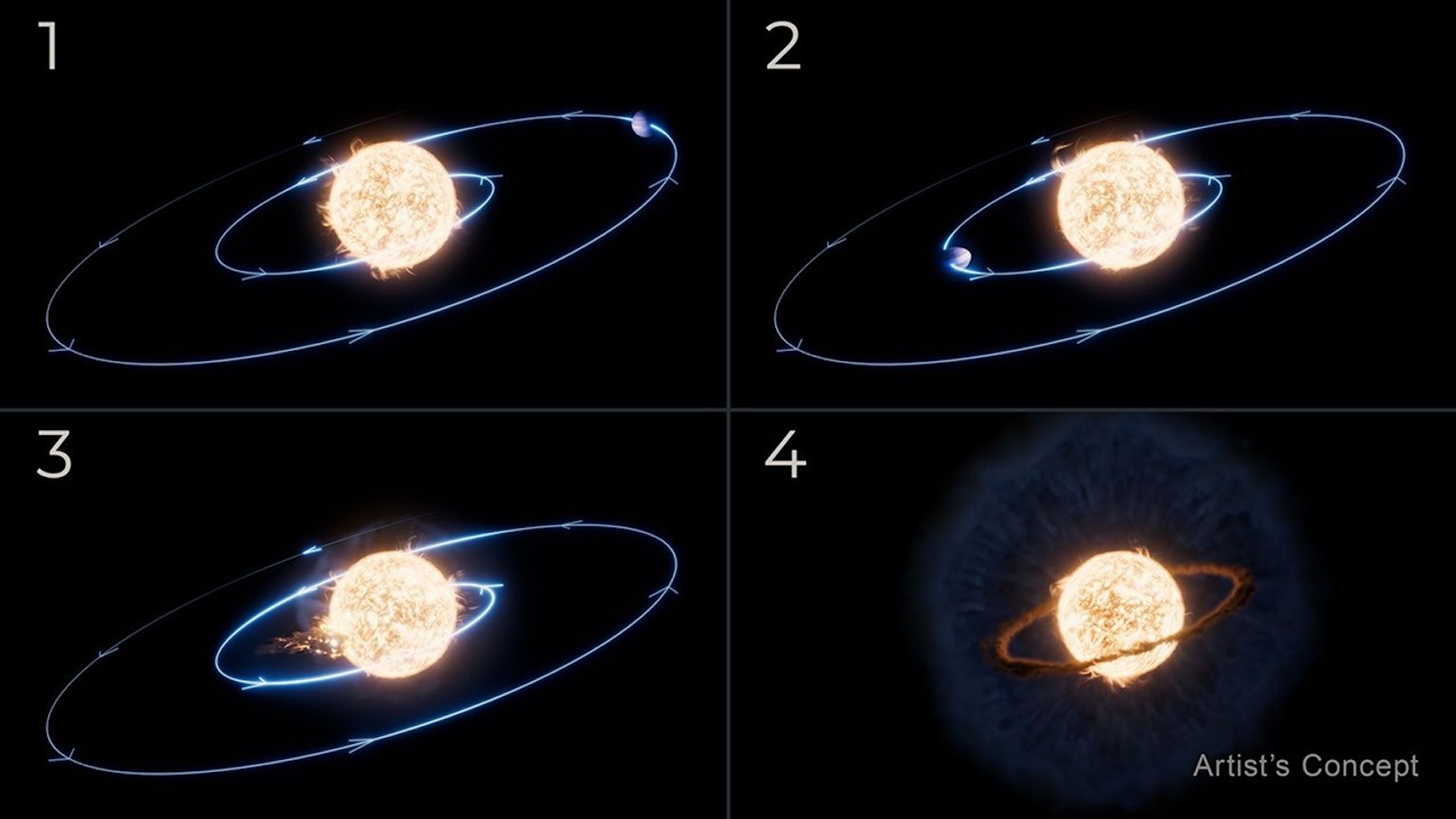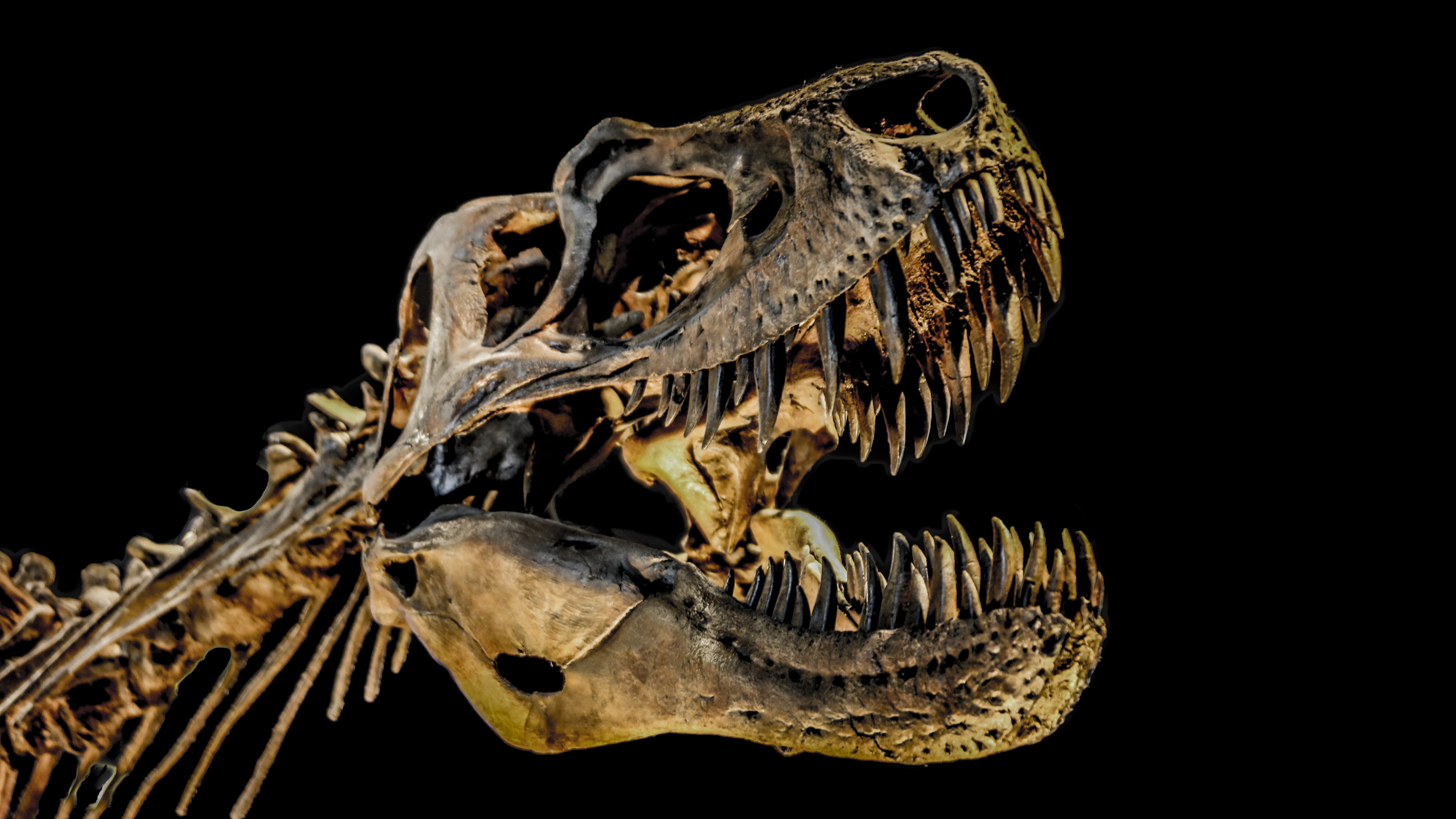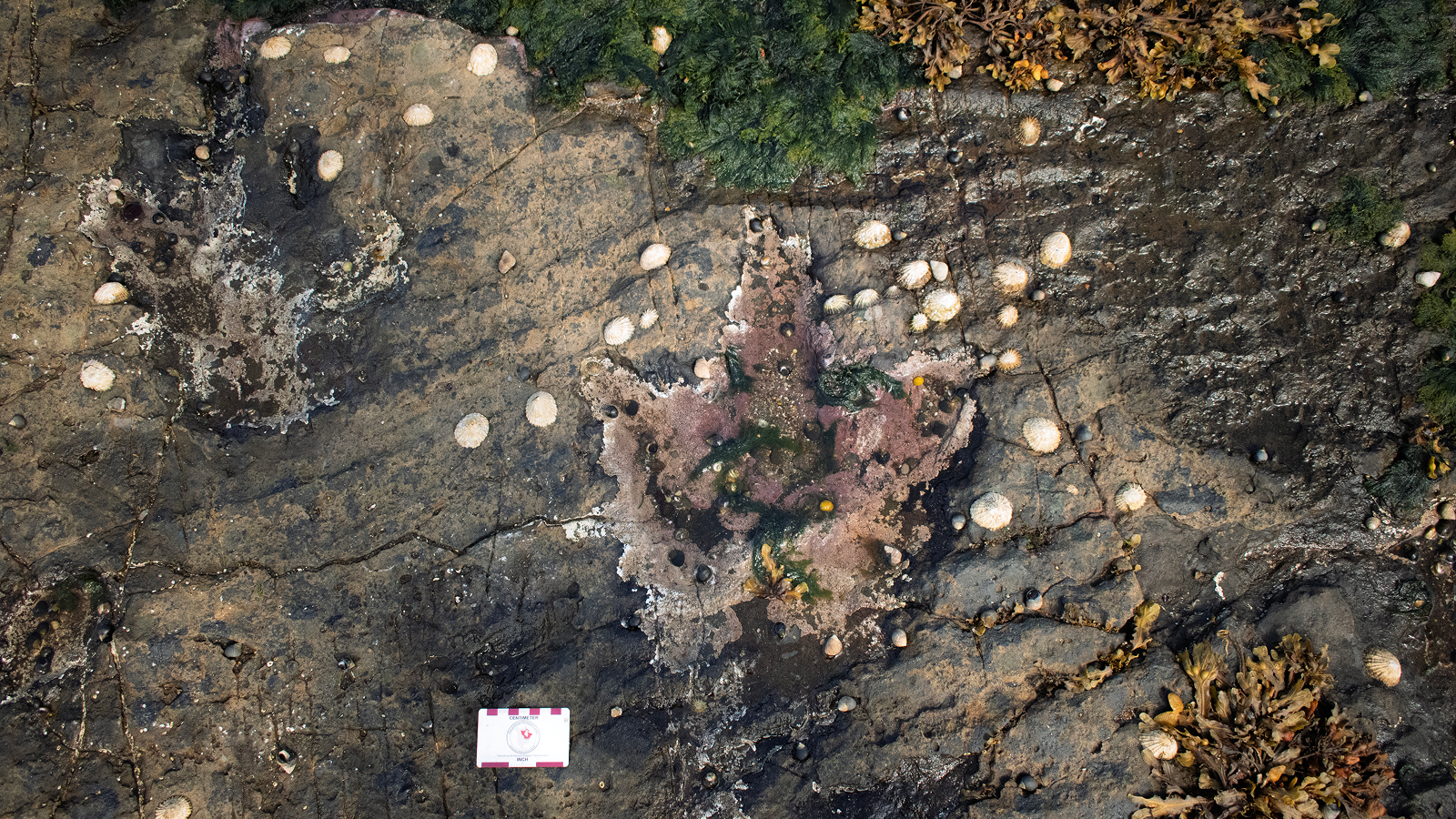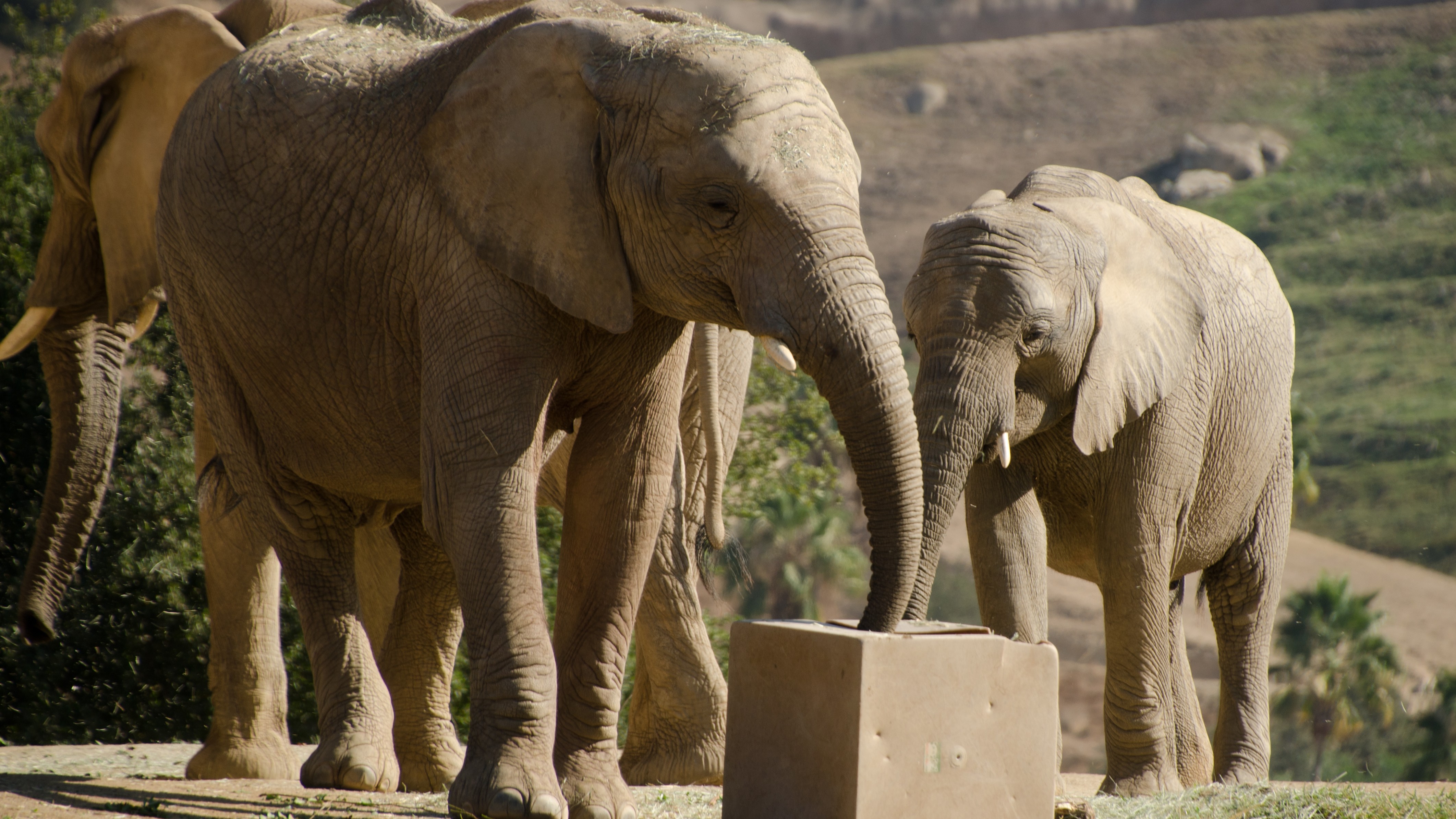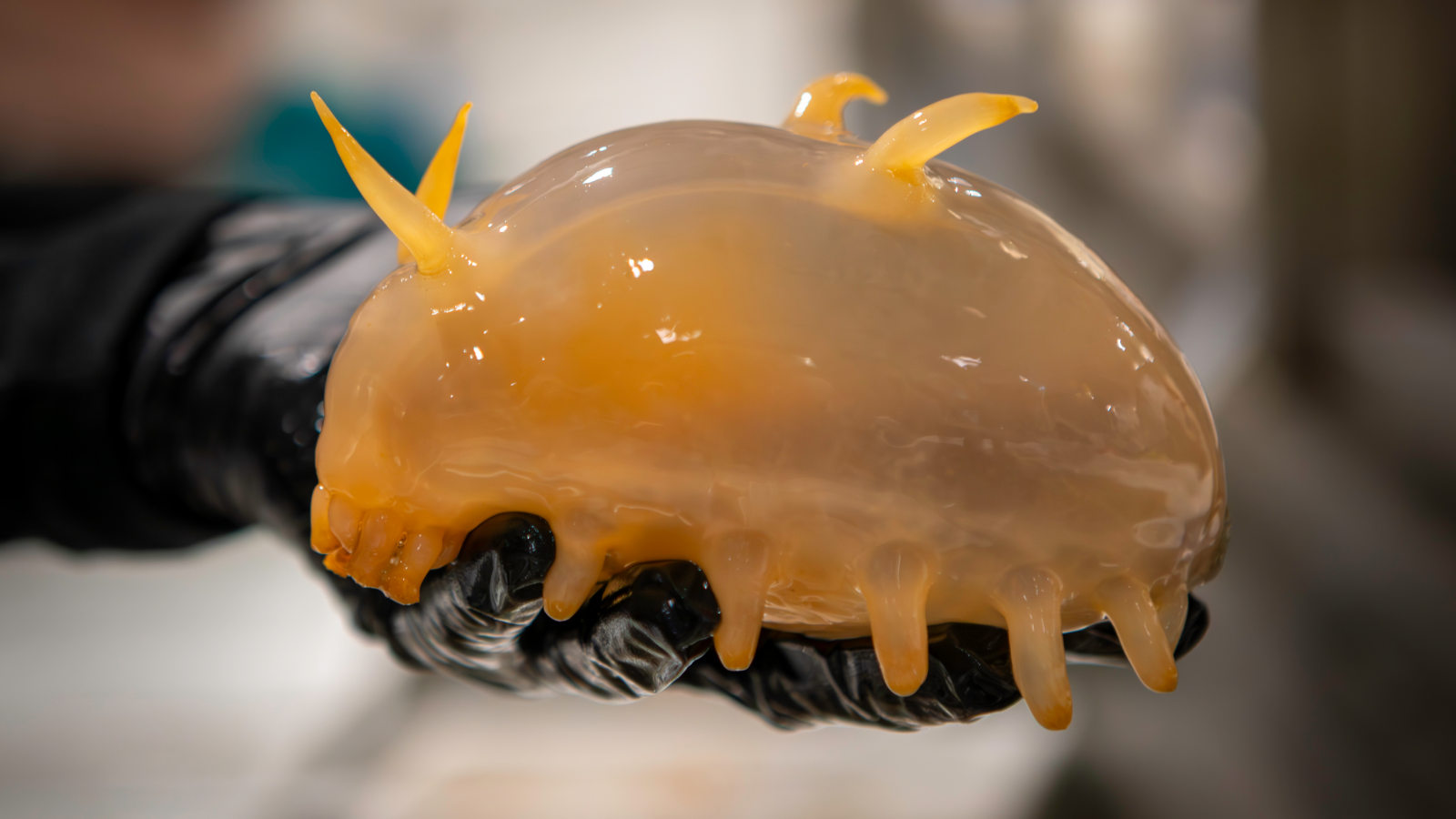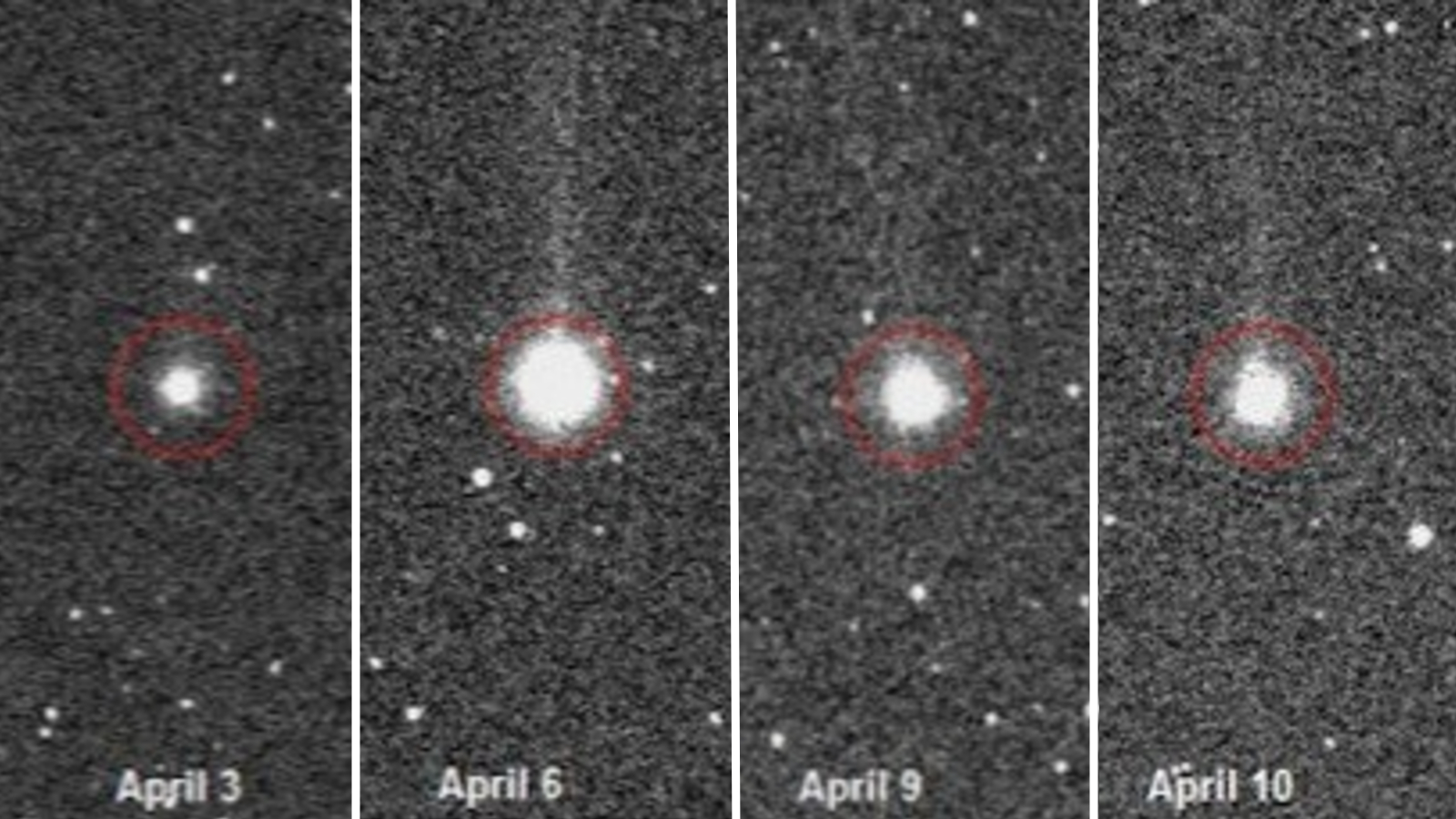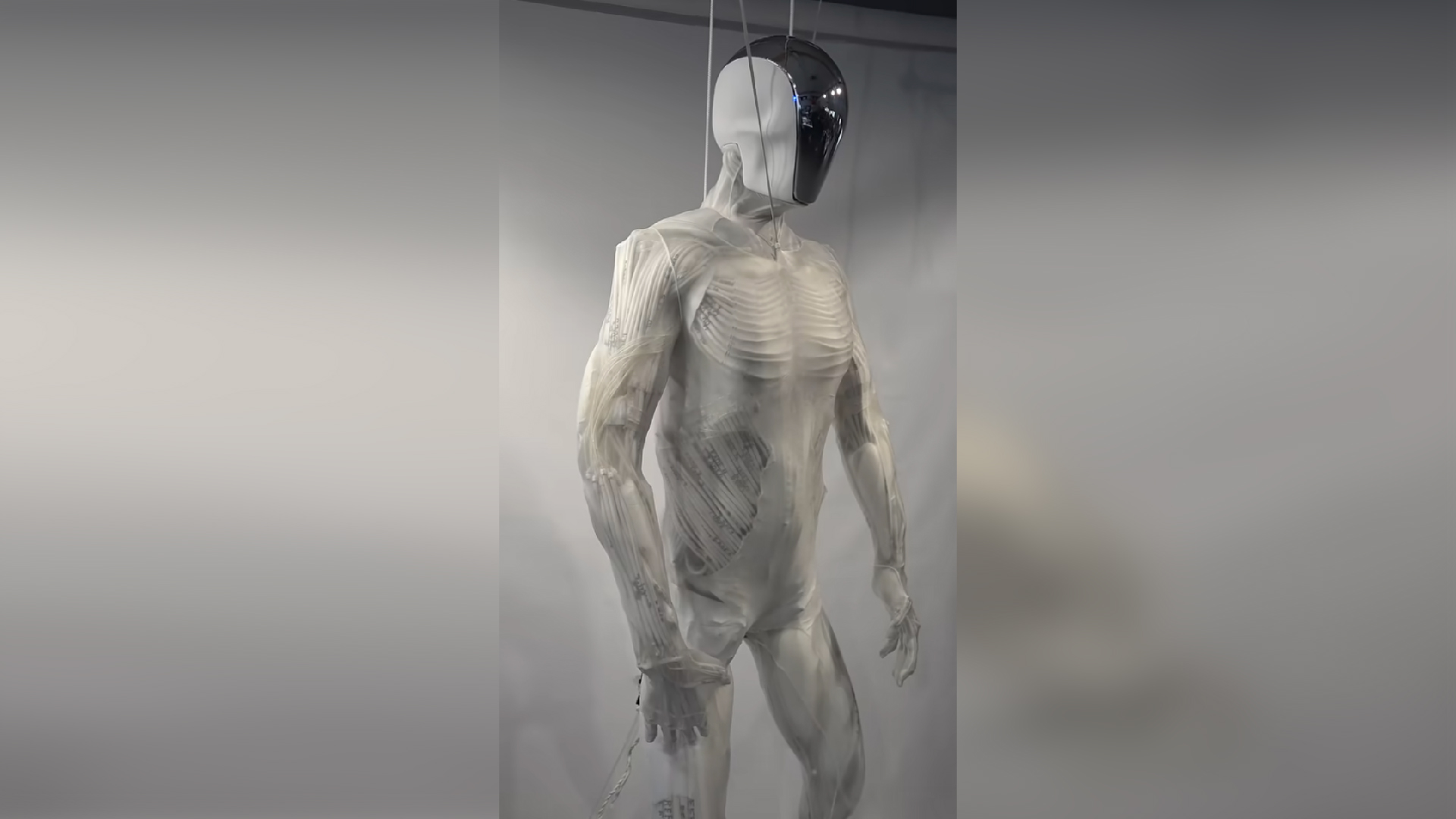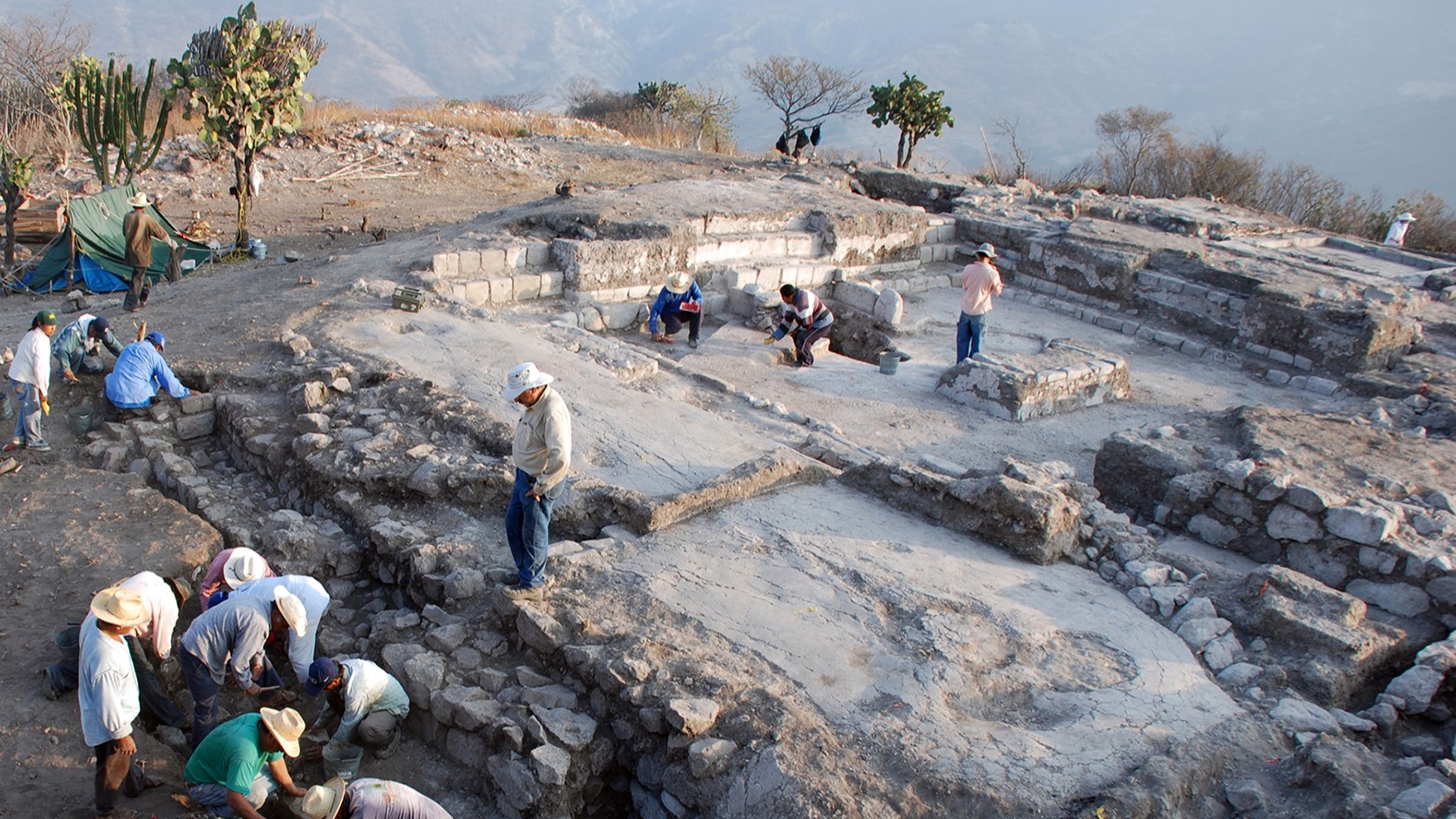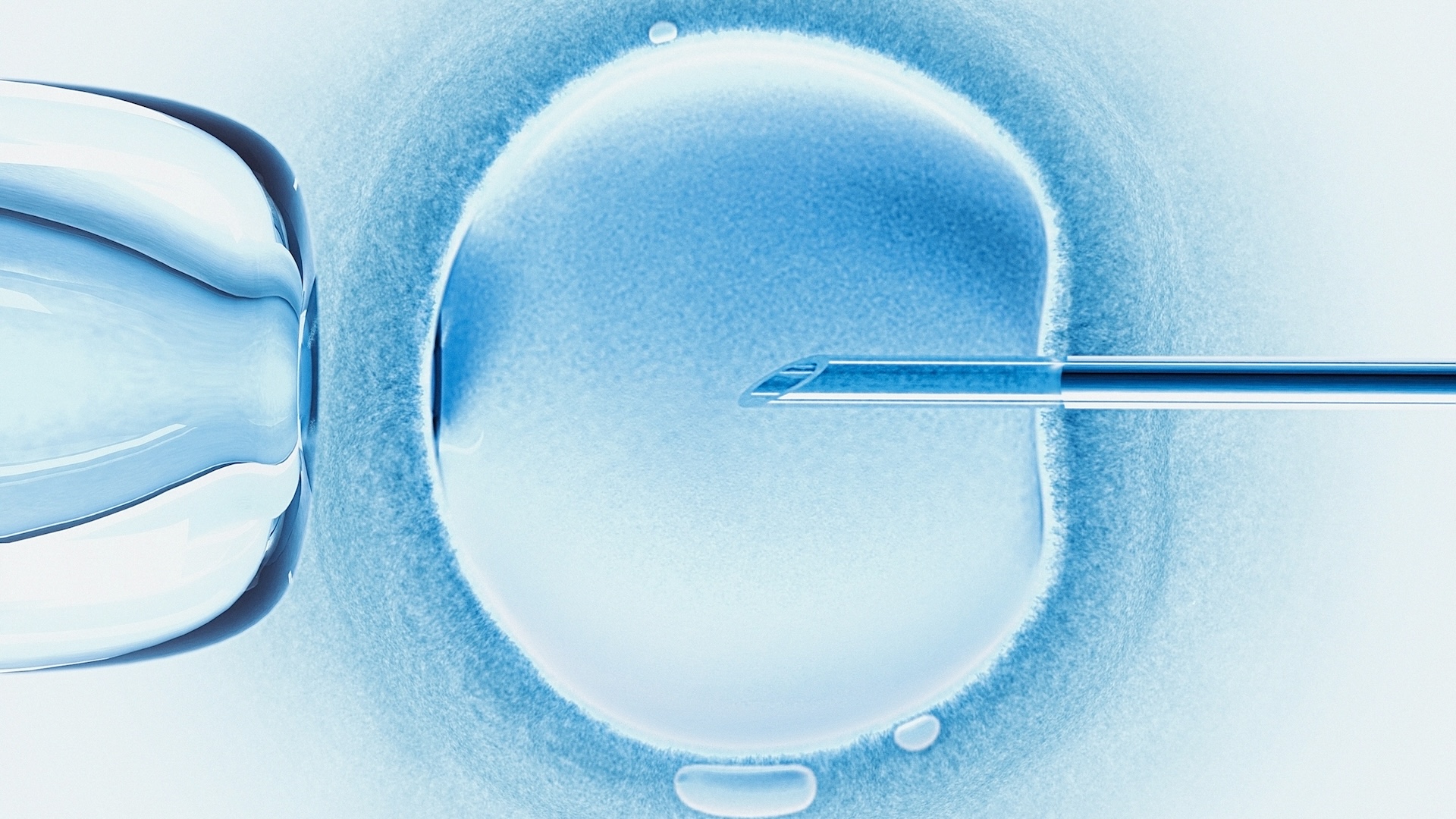Decapitated woman found in Irish bog is 2,000-year-old ritual sacrifice
A bog body discovered in Northern Ireland is actually a young woman, not a teenage boy as previously thought.
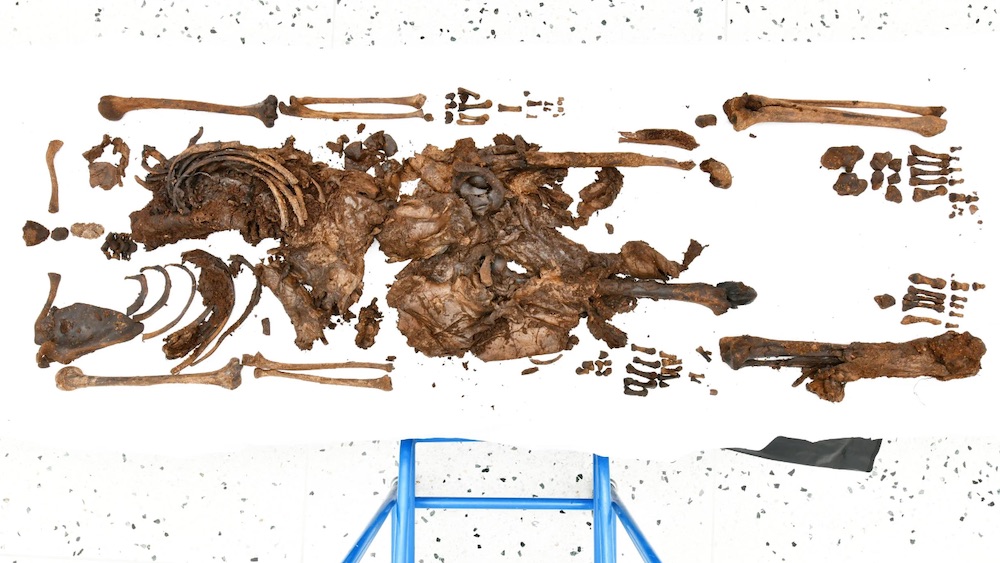
Ancient human remains discovered in an Irish bog in October 2023 don't belong to a teenage boy as originally assumed but rather a young woman, making them an exceptionally rare find.
Over the past year, several museums and universities have collaborated to reveal new information about the individual, now known as the Ballymacombs More Woman, including her sex, age, height and manner of death.
"As is the case for so many Iron Age bog bodies, the young woman suffered a highly violent death which involved the flow of blood from her throat followed by decapitation," Eileen Murphy, an archaeologist at Queen's University Belfast who studied the body, said in a statement on Thursday (Feb. 20).
The body first came to light when police were alerted to human remains on the surface of a peat bog in the village of Bellaghy in Northern Ireland. Initial examination of the body showed that it was at least 2,000 years old, and a forensic anthropologist suggested the person was male and between 13 and 17 years old at the time of his death.
The body was then transferred to National Museums Northern Ireland for further analysis, which has now revealed significant new information about the bog body.
Ballymacombs More Woman was aged between 17 and 22 years old when she died and stood approximately 5 feet 6 inches (1.7 meters) tall, according to the statement from National Museums Northern Ireland. She lived sometime from 343 to 1 B.C., during the prehistoric Iron Age period in Ireland, and cut marks on her neck vertebrae suggest she died from decapitation. Fragments of fabric were also recovered with the body.
Related: People have been dumping corpses into the Thames since at least the Bronze Age, study finds
Sign up for the Live Science daily newsletter now
Get the world’s most fascinating discoveries delivered straight to your inbox.
"Ballymacombs More Woman is certainly one of the most important archaeological discoveries on the island of Ireland," Niamh Baker, curator of archaeology at National Museums Northern Ireland, said in the statement, particularly because the majority of bog bodies discovered in the British Isles from this time period are male.
Research into Iron Age bog bodies by the National Museum of Ireland has shown that these human sacrifices were likely connected to sovereignty and kinship rituals. Speaking to the Irish Examiner in 2011, Ned Kelly, former keeper of antiquities at the National Museum of Ireland, said that these excessively violent killings were likely ordered by kings in hard times, to ensure the land remained productive, and the sacrificial offerings were probably made to the Celtic goddess of the land.
Ballymacombs More Woman's head was never found, but her body may yet have more stories to tell.
"Further scientific analysis, including the conclusion of an [ancient] DNA analysis, will no doubt yield more fascinating findings," Murphy said.

Kristina Killgrove is a staff writer at Live Science with a focus on archaeology and paleoanthropology news. Her articles have also appeared in venues such as Forbes, Smithsonian, and Mental Floss. Killgrove holds postgraduate degrees in anthropology and classical archaeology and was formerly a university professor and researcher. She has received awards from the Society for American Archaeology and the American Anthropological Association for her science writing.
You must confirm your public display name before commenting
Please logout and then login again, you will then be prompted to enter your display name.
